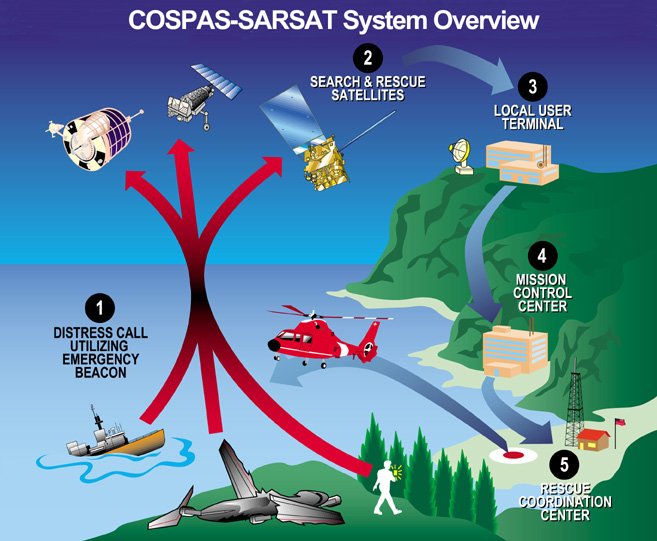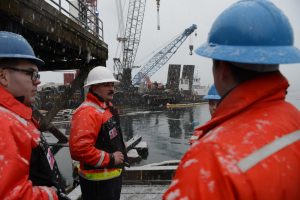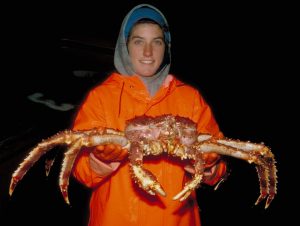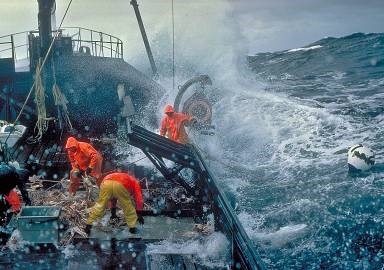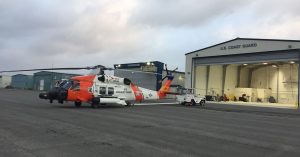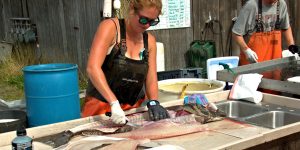Alaska Ferry Hubbard Begins Service
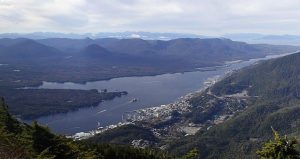 After 17 years, the HUBBARD, an Alaska-built ferry, embarked on its maiden voyage. The ferry, which measures 280-feet long, took an additional four years to enter service due to the need for crew quarters, an amenity that was not part of the vessel’s original design. U.S. Coast Guard regulations limit ferry crew members to a maximum of 12 hours of work per day.
After 17 years, the HUBBARD, an Alaska-built ferry, embarked on its maiden voyage. The ferry, which measures 280-feet long, took an additional four years to enter service due to the need for crew quarters, an amenity that was not part of the vessel’s original design. U.S. Coast Guard regulations limit ferry crew members to a maximum of 12 hours of work per day.
Captain Darwin Jensen, commander of the U.S. Coast Guard Sector Juneau, presented the HUBBARD two captains with a certificate of inspection, marking the final step before passenger service could commence. Officials from the Alaska Marine Highway System and the state Department of Transportation Commissioner were on hand for the presentation ceremony.
The HUBBARD along with the TAZLINA are the first and only two ferries built in Alaska at a cost of $60 million each. This Alaska ferry project was conceived in 2006 with the intention of providing transportation for day trips from Juneau to Haines and Skagway. Former Governor Frank Murdowski had planned to extend the Juneau Road north to reduce the 14-hour journey, but that plan was eventually abandoned.
 Maritime Injury Law Blog
Maritime Injury Law Blog


